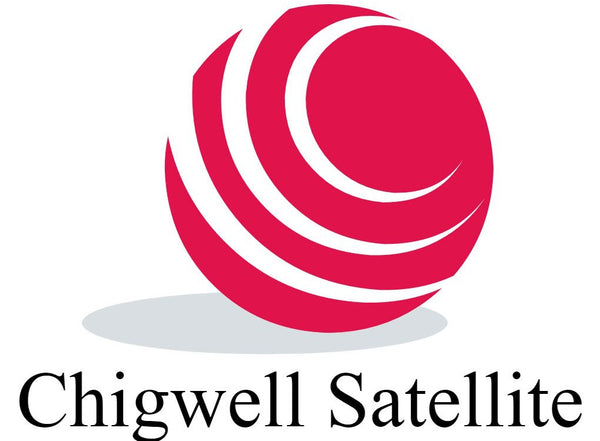Do I Need Starlink? Making Sense of Space-Based Internet
Posted on January 29 2024

In today’s rapidly evolving tech landscape, staying connected is more vital than ever. Enter Starlink, SpaceX’s ambitious project to blanket the Earth in high-speed internet from space. But with its unique offering comes the question: Do I really need Starlink? Let’s dive deep to help you make an informed decision.
What is Starlink?
Starlink is a satellite internet constellation being deployed by SpaceX to provide high-speed, low-latency internet across the globe. Unlike traditional internet services that rely on terrestrial infrastructure, Starlink uses a constellation of small satellites in low Earth orbit to beam internet directly to user terminals on the ground, aiming to serve remote and underserved areas alongside major cities.
Key Considerations
1. Location: The Remote Revolution
The primary allure of Starlink is its ability to provide reliable internet access in remote or rural areas where traditional broadband services are limited or nonexistent. If you’re living off the grid or in a location poorly served by cable or fiber, Starlink could be a game-changer.
2. Speed and Latency: A Leap Forward
Starlink offers impressive speeds that rival, and in some cases surpass, traditional broadband services. Early users report download speeds ranging from 100 Mbps to 200 Mbps and low latency, which is crucial for activities like gaming and video conferencing.
3. Setup and Equipment: The Cost of Connectivity
The initial investment includes the cost of the Starlink Kit, which encompasses a satellite dish, a tripod, and a Wi-Fi router. While the upfront cost is significant, it’s a one-time investment for the equipment needed to access the service.
4. Reliability and Weather: Clear Skies Ahead?
Like all satellite technologies, Starlink’s performance can be influenced by weather conditions and obstructions like trees and buildings. However, ongoing deployments aim to improve reliability and mitigate these issues.
5. The Bigger Picture: Environmental and Astronomical Considerations
Starlink’s growing constellation has raised concerns among astronomers about potential interference with astronomical observations and the long-term sustainability of low Earth orbit. SpaceX is actively working to reduce the reflectivity of its satellites and mitigate these impacts, but it remains a point of contention.
Ideal Users for Starlink
- Residents of Rural or Remote Areas: Where traditional broadband options are not available or are prohibitively expensive.
- Digital Nomads and Remote Workers: Who require reliable internet access from remote locations.
- Emergency and Temporary Services: For rapid deployment in areas affected by natural disasters or temporary events requiring internet access.
Alternatives to Consider
Before leaping to Starlink, consider the alternatives:
- Fixed Wireless Access (FWA): A viable option in some rural areas, offering broadband via radio waves.
- Mobile Hotspots: LTE or 5G hotspots can provide an alternative, though with limitations on data usage and speed.
Conclusion: Is Starlink for You?
Starlink represents a significant leap forward in internet technology, particularly for those in underserved areas. However, the decision to subscribe should be weighed against factors like location, cost, and the specific needs of your household or business. As the constellation grows and technology advances, Starlink’s value proposition will only increase, making it an increasingly attractive option for many around the globe.
Before making your decision, consider your current internet needs, the limitations of your existing service, and whether the benefits of Starlink align with your requirements. With the right considerations, Starlink could very well be the internet solution you’ve been searching for.
Contact us on 0203 654 1804 or email us on alex@chigwellsatellite.co.uk and a member of our friendly team we will get back to you.

0 comments